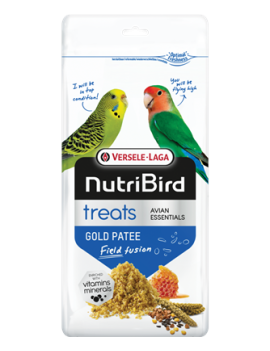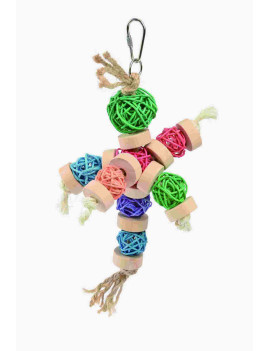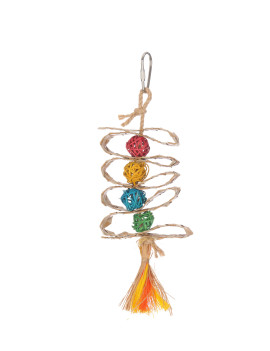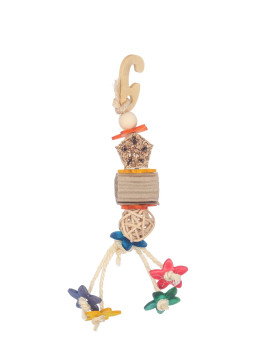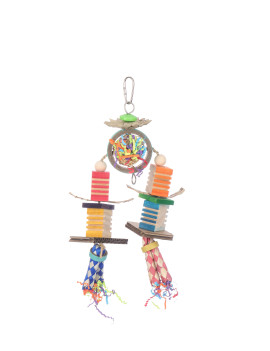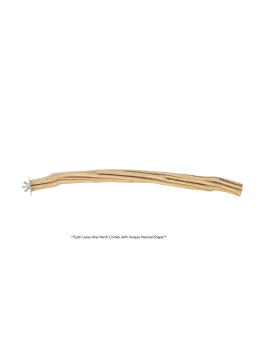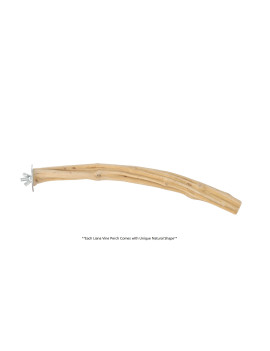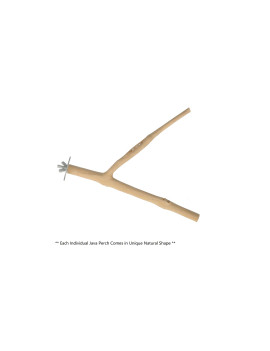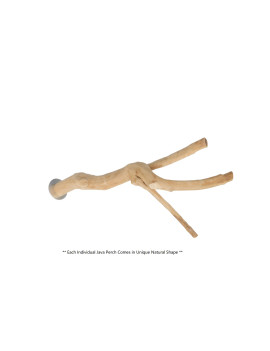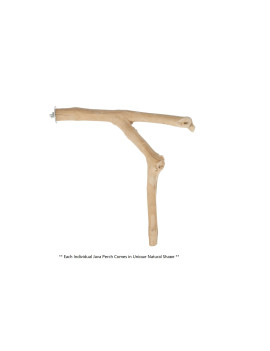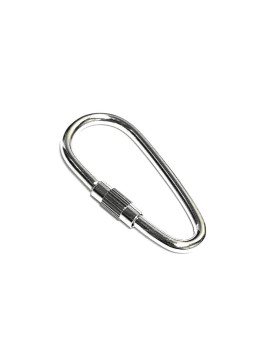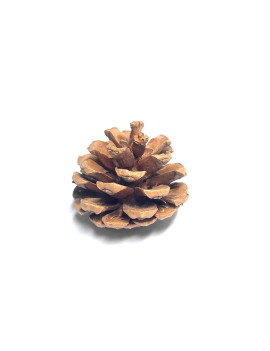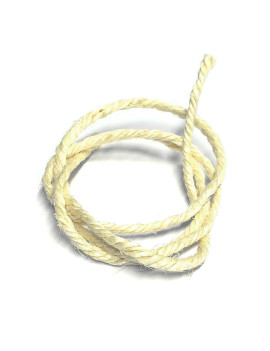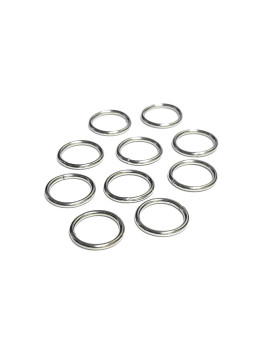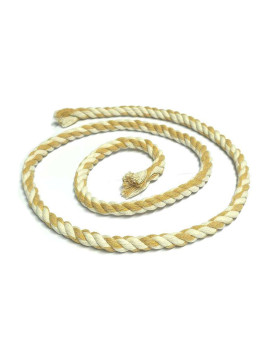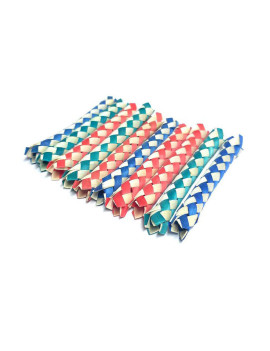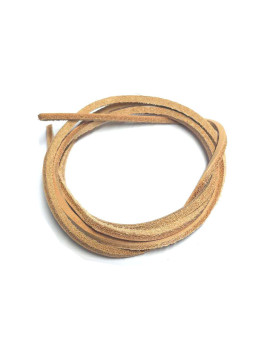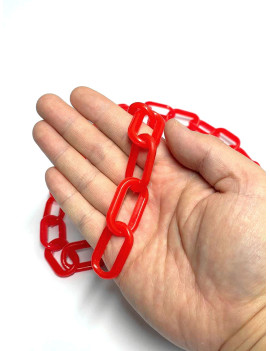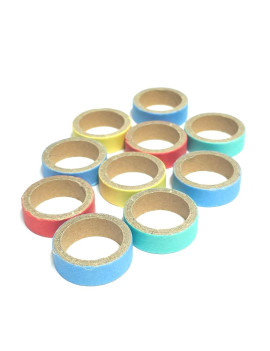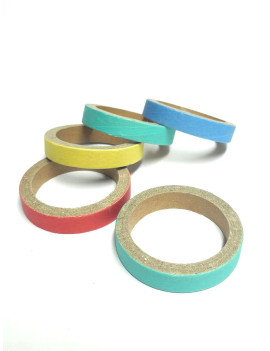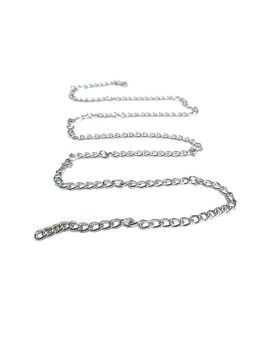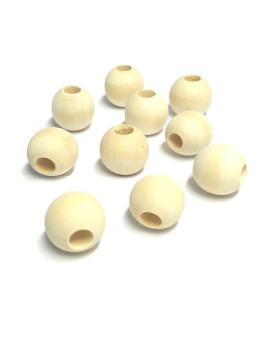Calcium is an important nutrient for parrots, as it plays a key role in maintaining strong bones and healthy feather growth. Parrots need calcium to build strong eggshells and support the growth of their skeletons. In addition, calcium is involved in many physiological processes, such as muscle contractions, blood clotting, and the regulation of the nervous system.
Here are some specific reasons why parrots need calcium:
Bone health: Calcium is a key component of bone structure and is essential for building and maintaining strong bones. A lack of calcium can lead to weak or brittle bones, which can cause fractures or other injuries.
Nervous system function: Calcium is involved in the transmission of nerve impulses and is necessary for normal nervous system function.
Muscle function: Calcium is required for proper muscle function, including the contraction and relaxation of muscles.
Egg production: Female parrots require increased calcium during egg production to support the development of strong eggshells.
Cardiovascular health: Calcium helps regulate the contraction and relaxation of the heart muscle, and a lack of calcium can lead to heart problems. It's important to ensure that parrots receive an adequate supply of calcium in their diet to support their overall health and well-being.
Good sources of calcium for parrots include cuttlebone, calcium-fortified birdseed mixes, leafy green vegetables, and fruits such as papaya and figs. Products like calcium perches, which usually made of cuttlebones or grinded oyster shells give parrots a chance to intake calcium while playing. If your parrots don’t like cuttlebones or calcium enriched food, we need to provide them with calcium supplement to help meet their calcium needs.
Overall speaking, it is important to provide a diet that is balanced and includes appropriate amounts of calcium to ensure the bird's overall health and well-being.


